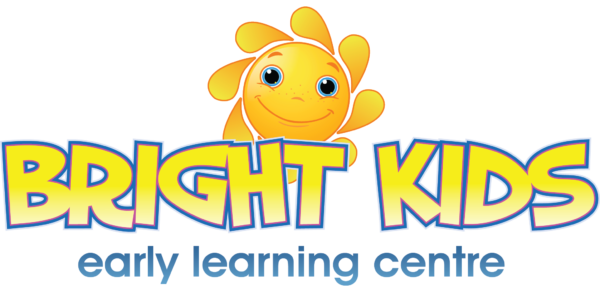Our favorite playground is not one with swings and monkey bars and colorful structures. No, our favorite playground is natures wonderland.
Our environmental yard was purpose built for this wonderous outdoor exploration, with oodles of natural materials for whole body, innovative experiences.
Nature provokes children into thought, action, and formulating their own ideas. When children are involved in experiences with nature, they are absorbed and completely attentive to what is at hand. They naturally take the opportunity to investigate and explore in order to intuitively teach themselves about:
- Science (seasons, bugs and grubs);
- Mathematics (measuring speed, depth of a puddle and height of a tree);
- Problem solving skills; and
- Risk taking.
Nature Inspired Learning In Our Classroom
As a collective, the children have experienced natural art, plant life cycles, gardening and clay prints.
- Natural Art – the children were sent on a mission outside to collect shells, leaves and sticks, to tap into their imaginations and turn them into some amazing creations.
- Plant life cycles – Following up with the education of trees as part of our focus for National Tree Day for the month of July, we explored their life cycle while examining their different parts, even the roots.
- Gardening – The children got down and dirty (literally) by planting succulents in small tubs to look after in the classroom.
- Clay prints– We introduced clay as a natural resource for the children to make remediable prints as a keep’s sake.
Nature’s Invitations
When children are exposed to nature, they see the beauty just as we do; but more importantly, they begin to interact with its offerings. Children automatically become hands-on in nature.
Natural materials such as;
- Pine cones;
- Grass/dirt/sand;
- Rocks/pebbles;
- Leaves/sticks;
- Seashells;
- Fossils; and
- Rain.
Provide endless possibilities for play and imagination. These materials don’t come with directions: The children come up with ideas of how to use them. What are they? What can they do? How do they feel? What do they look like? How does it move? How does it grow? What can I do with this?
Bringing Nature Inside
Nature can also be brought back to our homes or classrooms. We use many components in our classroom, on a weekly basis. We currently utilise;
- Tree stumps– which are used for sitting and for theme play;
- Water -is explored, measured, and poured;
- Tree branches -are suspended from the ceiling to display children’s artwork;
- Sand– is used for the purpose of tracing aboriginal tracks or discovering numbers and letters;
- Dirt-is used for measuring, creating themes or used for planting.
- Loose materials – such as pinecones, stones, seashells, leaves, and twigs, are displayed in baskets for children’s imaginations to provide an idea; and
- Nature’s artifacts – such as feathers, a bug’s shell, fossils, or a bird’s nest, are used for exploring.
Have you noticed the ever-changing nature table space at the back of our room? Ask your child all about it, next time you’re in-Centre.
What can we do at home?
Our key role as parents is to observe, no matter their age. Observe what and where your children are interested in and support those interests by asking open-ended questions.
What did you discover? How does it feel? What does it look like? How does it move?
We can encourage children’s exploration by providing natural environments to discover, learn and grow. Add tools to enhance explorations, such as:
- magnifying glass;
- pencils and paper;
- mirror;
- net catcher;
- shovel;
- camera; and
- related resources.
This exposure to nature can be simply going for a beach walk, playing in the yard or hiking in the woods.
That’s all for this month from Miss Tracy and the Pingin (Sea Turtle) Children.
Also please follow our Facebook and Instagram Pages and stay up to date


